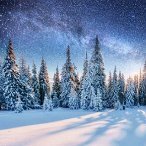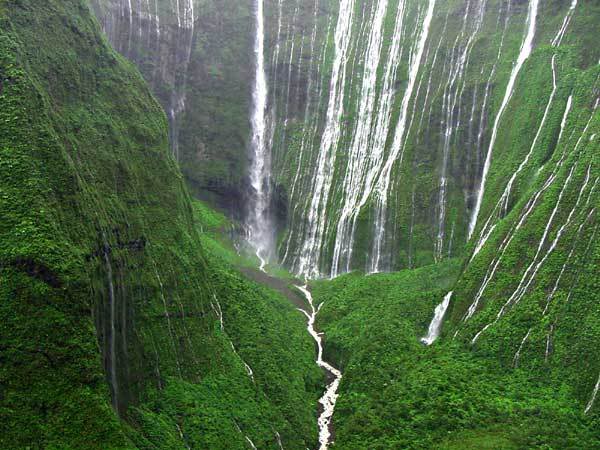All Activity
- Past hour
-

2025-2026 ENSO
Stormchaserchuck1 replied to 40/70 Benchmark's topic in Weather Forecasting and Discussion
I agree with you. I actually did a study a few years back, finding that there was fluctuation year-to-year around patterns. I used this in 2022 to predict some things in advance lately. It's fluctuation around a base pattern, and last late Nov-Feb was "anomaly" of +PNA, so I think we have higher chances of fluxing back to -PNA over the same time next Winter, without major drivers like ENSO.. it's purely theoretical, but the method has been relevant for the past few years, for whatever reason. -
Columbia 1.74” Tuesday pm thru 6 am Wed.
-

July 2025 Discussion-OBS - seasonable summer variability
bluewave replied to wdrag's topic in New York City Metro
There has been a long and storied relationship between the NWS and Central Park observing site at Belvedere Castle. The quality control was light years ahead of what has happened since the NWS left 30 Rock in 1993. Prior to the NWS leaving for Upton, there were meteorologists that would regularly go over to Central Park from the office to Central Park for all the snowfall measurements. So the accuracy of the snowfall measurements was too notch. We even had meteorologists that used to post here that would run back and forth between the Rockefeller Center office and Central Park to do the measurements by hand. As soon as they left on 1993 and the new ASOS was installed in 1995, the quality temperature and snowfall measurements rapidly declined. The trees began to rapidly grow over the site in the 1990s putting the ASOS in the shade especially when the trees were fully leafed out. There were several news articles written with outside meteorologists criticizing what began to happen around 2003 when it became very obvious. I think the NWS fought to keep the Central Park site open as there may have been some talk of closing it. But the parks department was very sensitive to the idea of cutting any of the trees back in Central Park. The conservation movement in Central Park has grown very strong. This is generally a good thing. But when your weather observing equipment in under a growing tree canopy, it will take 3° to sometimes 5° off the high temperatures on sunny and warm summer days relative to a grassy clearing in the park like the Great Lawn. -

2025-2026 ENSO
Stormchaserchuck1 replied to 40/70 Benchmark's topic in Weather Forecasting and Discussion
West-Pacific index looks like this in the Wintertime It's the reason why the SE ridge has extended north to often link up with Greenland ridging, that and NAO sea-level pressure over the North Atlantic has often been positive, which enforces a mid-latitude ridge from the US to Europe. Taking out all the indexes, which are fluctuation patterns, and what they have produced in the weight of one direction over another, the global warming is actually only about +3F in the Winter for the last 50 years. (Maybe it's more recently as the trend is more exponential in recent years). -

July 2025 Obs/Disco ... possible historic month for heat
CoastalWx replied to Typhoon Tip's topic in New England
It’s amazing. Stress free and happy. -

July 2025 Obs/Disco ... possible historic month for heat
512high replied to Typhoon Tip's topic in New England
73/72 thought less humid today? Anyways swamp ass/clouds -
GramaxRefugee started following July Discobs 2025
-
0.47" last evening plus overnight. Have had measurable rain 7 of past 8 days. Low of 70 today
-
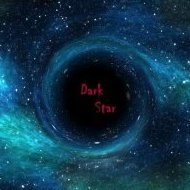
July 2025 Discussion-OBS - seasonable summer variability
Dark Star replied to wdrag's topic in New York City Metro
No worries, almost every year our average temperatures increase. We need some good northern hemisphere volcanic action (just not around here)... -

July 2025 Obs/Disco ... possible historic month for heat
CoastalWx replied to Typhoon Tip's topic in New England
Looks like about .15 at home. Soaked. -

July 2025 Obs/Disco ... possible historic month for heat
CoastalWx replied to Typhoon Tip's topic in New England
Good summer euro run -
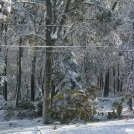
July 2025 Obs/Disco ... possible historic month for heat
Damage In Tolland replied to Typhoon Tip's topic in New England
Mulch washed away in places Most of that fell in like an hour lol -
Radar looks like very light shower but it's solidly moderate rain coming down. Efficient rain processes? It must be pouring in central VA to southern MD
-
.8 over the last two days
-
We can see how the 500mb patterns have changed during this -PDO interval in the 2020s. Now we get very strong Aleutian Ridges and weaker -PNA troughs out West. This goes to the PNA variability that has been experienced since 2019. So even with such strong -PDO values, we are getting more changes between +PNA and -PNA. We saw this last winter with the strong to record +PNA for a La Niña. This was also the case with the 20-21 La Niña. Same for January 22. There has also been the tendency for a much stronger Southeast Ridge than was the case from the 50s into 70s. While we have also seen some significant -PNA intervals like in December 2021, the long term trend against these fluctuations is for a more positive PNA. This -PDO era has been more defined by the record marine heatwaves from the Western to Central Pacific. And less of a cold pool formation off the West Coast. But not as dramatic as the EA index with the record heatwaves in Europe. The rising heights near the Azores could also be contributing to the more +NAO even though we have seen Greenland blocking intervals.This has also been associated with the Southeast Ridge linking up with the Greenland blocks.
-
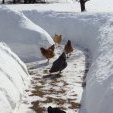
July 2025 Obs/Disco ... possible historic month for heat
dendrite replied to Typhoon Tip's topic in New England
-

July 2025 Obs/Disco ... possible historic month for heat
Sey-Mour Snow replied to Typhoon Tip's topic in New England
.5 ish we take -

July 2025 Obs/Disco ... possible historic month for heat
Modfan2 replied to Typhoon Tip's topic in New England
.53” since yesterday, storms died as the moved east of the Tolland mountain range -

July 2025 Obs/Disco ... possible historic month for heat
dendrite replied to Typhoon Tip's topic in New England
You beat your June total in 1 day. -
Cracked 2" total for the event with this morning's rain
-
I agree with you. Up to this point in time, things seem to be lining up against a -NAO/-AO winter
-
On and off showers overnight 0.73” since yesterday evening
-
I mean we saw -EPO poleward blocking last winter with a +QBO, which actually fit the Eric Webb musings in the fall of +QBO/-ENSO causing poleward ridging well. I also completely see your -QBO/-ENSO blocking arguments too, 2011-12 being an exception of course. That said, I would be absolutely shocked to see a late November to early March cold regime dominate again this upcoming winter like it did last winter
-

July 2025 Obs/Disco ... possible historic month for heat
Damage In Tolland replied to Typhoon Tip's topic in New England
2.56” -
Still raining in huntingtown. Haven't had a 12hr period like this in a number of years. Tons of lightning last night, Benson wasn't liking it. Not sure how much I got so far, I need to buy a new rain gauge.




